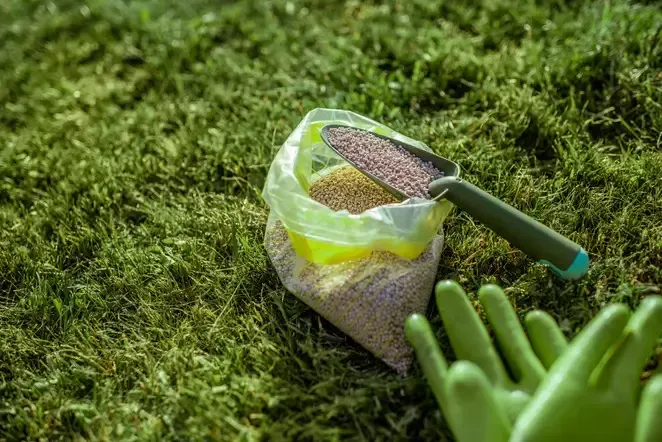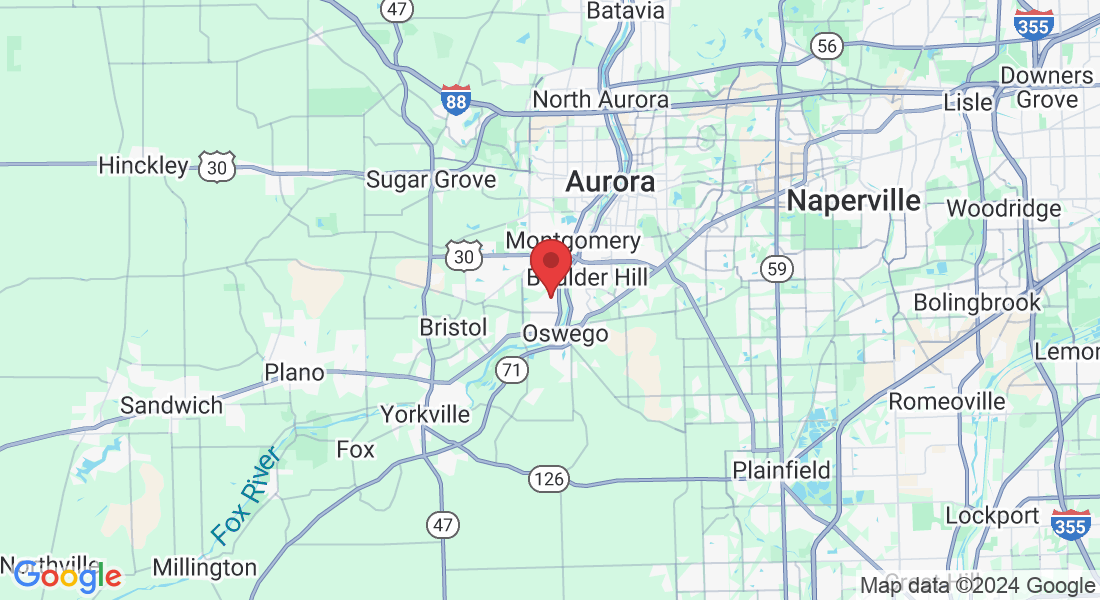J&M Landscape

Weed and Feed: Your Guide to Healthy Lawns
Introduction
The pride of many homeowners is their green and thick lawn. Although, having and keeping a healthy looking lawn is sometimes not easy due to the tough weeds. In order to control these pesky weeds, weed and feed products are available in the market. Such products provide nutrients that your grassy surface needs while keeping off certain common herbaceous plants. This guide has all that you need on weed and feed, covering its functioning, application methods among others.

Understanding Weed and Feed.
Weed and feed preparations are unique in that they contain fertilizer and herbicide within one application. The role of the fertilizer is to provide nutrients for your lawn thus ensuring its growth and color remains healthy. A blend of herbicides function as weed killers only thus targeting specific plants with no danger to the grass. Therefore, the product is an easy way for maintaining in lawns; since it helps to manage both lawn health as well as weed control efforts conveniently.
How does Weed and Feed work?
Once the granules of herbicide are applied to your lawn, they stick fast to any blades of grass. As these get dissolved by rain, they will nourish the turf with their ingredients. Weed killer part however eats deep into its victim’s leaf and root systems. That instability will finish them off eventually.
Choosing the Right Weed and Feed Product
Many factors influence selection of weed and feed products including: lawn type, types of weeds involved and climatic conditions in your locality. Here are some important factors to consider:
Lawn Type: Due to different needs for nutrients among grass types; a specific typeof grass requires its own weed and feed product whether it is a cool season or warm season grass.
Weed type: To ensure that the active weed killer contained in the chosen product works on them; get to know the main types of weeds within your lawn like crabgrass (Digitariasanguinalis), dandelions (Taraxacumdencum)or clover (Trifoliumrepens).
Climate: When considering what would be best for your lawn’s health there are things such as temperature ranges around which you should keep this in mind. Products made for northern areas could be different from those meant for southern regions.
Making Your Lawn Ready for Application of Weed and Feed
It is vital for you to have the suitable preparation in place before using weed and fertilizer. The procedures are as follows:
Cutting Your Lawn: A few days before spray application, mow your grass to about two-three inches high; this would enable greater penetration by the chemical into weeds.
Watering Your Lawn: Prior to spraying weed and feed, it is recommended that your garden be dampened a little bit. This will help products stick on blades without running away with rainwater or irrigation.
Clearing Debris: Besides these other things, they should be picked up from the lawn like branches. This way weed and feed will be able to distribute evenly.
Applying Weed and Feed
Make sure you adhere to the directions given on the product label to guarantee successful usage. Here are some general points to ponder:
Use a Spreader: To get better results, use a spreader in applying weed and feed. By doing this, you would ensure evenness in application hence preventing over-application.
Avoid Overlap: Avoid overlapping your applications since these may cause product build-up leading to lawn destruction.Protect Sensitive Areas: Precautions should be taken so that weed and feed do not drift into neighboring sensitive plants and flower beds.
Water After Application: After applying weed and feed, sprinkle your lawn slightly with water so as to help activate the product while avoiding runoff.
Effective Use of Weed and Feed
Timing is very important since it is recommended that you apply weed feed at right time for the kind of grass in your lawns as well as the climatic conditions of your area. Local garden centers or extension services can provide more detailed recommendations on appropriate periods.
Look for Other Options: If you want to avoid using chemical herbicides, then explore other natural ways of preventing weeds like hand pulling, mulching and vinegar solutions.
Keep Watching your lawn: After applying any weed and feed, look at whether there are any adverse reactions such as yellowing or browning in the grass. If there are some bad signs like too much fading stop application stop using it immediately and seek assistance from someone who takes care of grass.
Conclusion
You may want to consider weed and feed as an effective means of keeping your lawn healthy and devoid of weeds. If you understand its mechanism of action, have the right products at hand, and use correct application methods, it will be possible to manage the lawn’s health and also control the weeds effectively. Always read the directions on the product label before use, and get in touch with a professional who specializes in taking care of lawns for tailored assistance.
What Are Our Customers Saying ?
Feedback from our delighted clientele.

